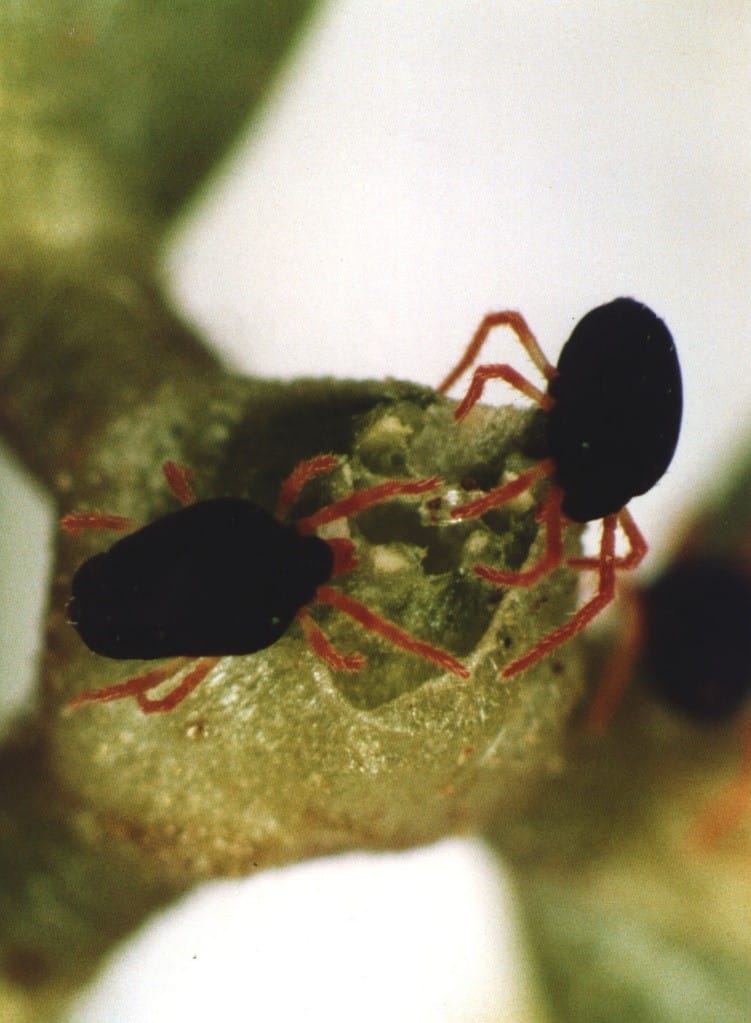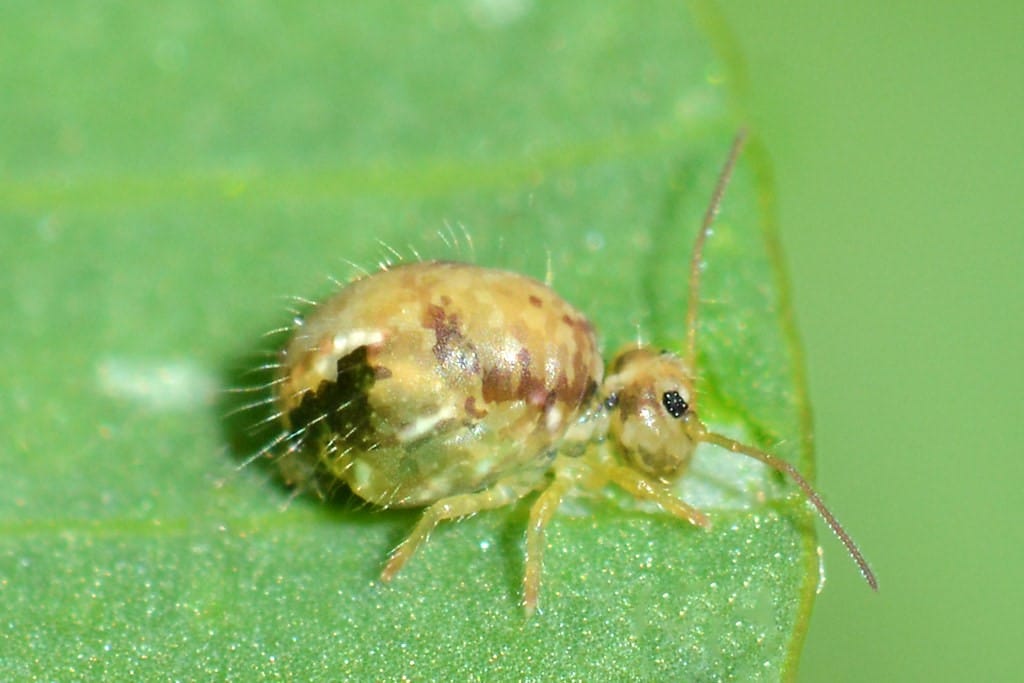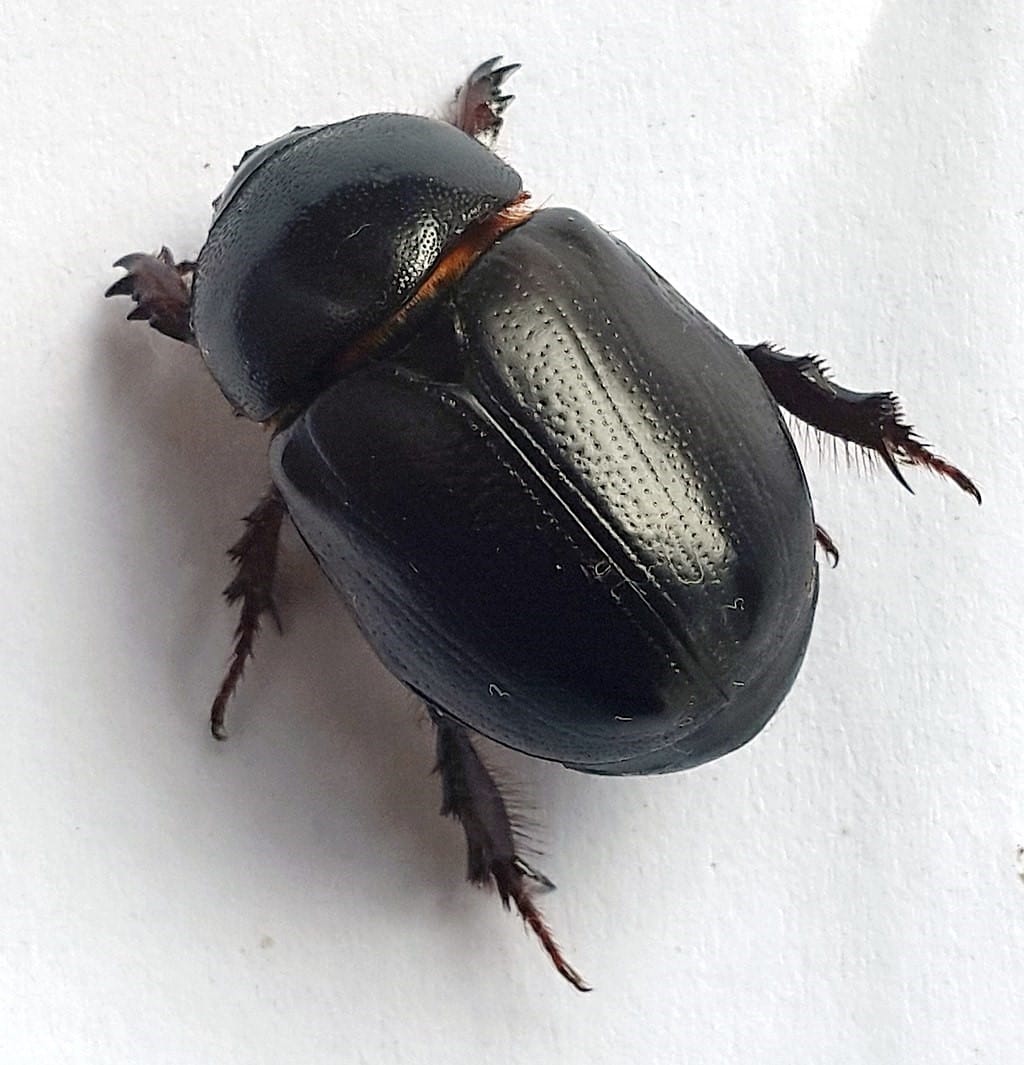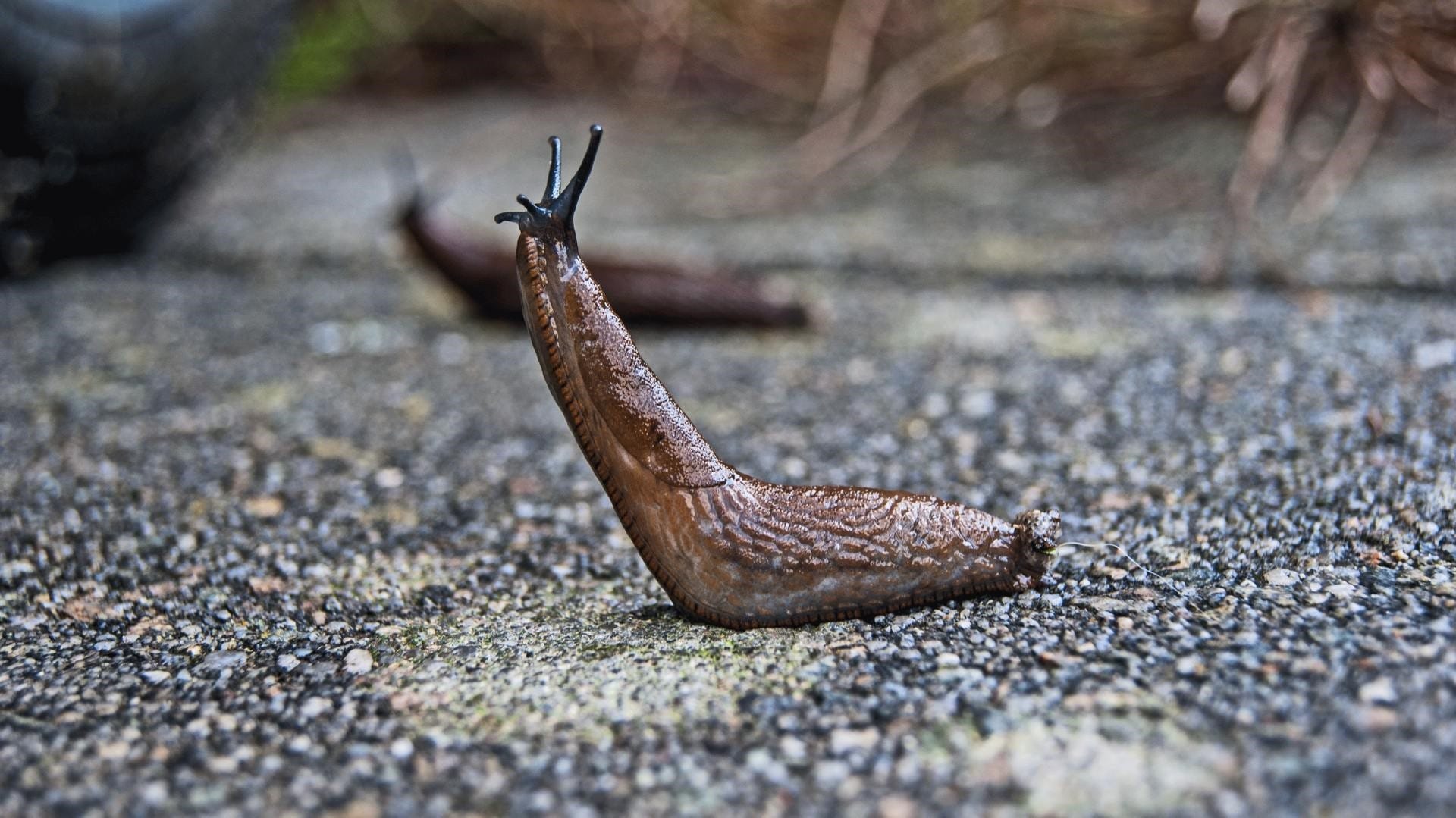Article Summary:
In this article, let’s talk about the pests that affect your pastures in Autumn. First, you need to identify your enemy. So we’ll help you get familiar with the names of the pesky little critters. And next, we’ll show you how you can manage them on your farm.
While the thought of summer usually conjures up images of trees changing color, emerald green pastures and walkways covered with carpets of golden leaves, autumns also bring in some uninvited guests who if not shown the door, tend to overstay their welcome!
In this article, we’re going to discuss all about seasonal autumn pests that affect your pastures.
The first step to managing pests is to identify your enemy. If you’re well-versed with the names of the pesky little critters and classify them by season, you can easily implement powerful management strategies that will help decrease the pressure of pests on your farm.
First, let’s zero in on the names of Autumn’s most frequented visitors.
- Red legged earth mite (RLEM)
- Lucerne flea
- African black beetle (ABB)
- Slugs and snails
Red legged earth mite:
The red legged earth mite, officially referred to as Halotydeus destructor or RLEM is a major pest that affects pastures and grain crops.
These mites are most powerful during the seedling phase when crops are at their most vulnerable stage and can cause a lot of economic loss to a pasture.

RLEM usually thrives from late April until early November and could complete three generations per season if they’re lucky. They survive during the summers as a dormant egg, inside the body of a dead female on the surface of the soil. It’s during the autumn that they rear their ugly heads.
The cool autumn rainfall and the drop in temperatures break the dormancy of summer and trigger the hatching of the eggs. RLEM only hatch after 5 mm of rain followed by mean temperatures of below 19 degrees Celsius for at least 10 days.
Know your enemy:
RLEM are generally one millimeter in length and have a velvety black body that’s attached to eight spindly legs that are orange-red. They usually like to hang out in gangs and feed in clusters, attracted by the plant volatiles emitted at the site of injury.
Lucerne Flea:
Lucerne Flea, also known as Sminthurus Viridis among formal circles, is never off-duty during autumn. It specially loves to spend its time in New South Wales, Victoria, Tasmania, South Australia and Western Australia.
The Lucerne Flea is a greenish-yellow insect that almost looks like a globe with legs. It is approximately 3 mm long and has mottled dark patches over the ‘globe’ part of the body. They do not have wings and are not related to fleas.

It can most often be found chilling out in broadleaf crops and pastures and when disturbed, they like to jump off plants, thanks to the ‘furcula’ under their abdomen that acts as a spring.
Lucerne fleas are generally found in areas that have plenty of moisture. They also like to find a home under dense canopies of pasture. They are more powerful on loam/clay soils.
Crops they like to feast on:
Lucerne and clover are the main species that are vulnerable. Lucerne fleas have also been known to cause considerable damage to canola, field peas, lupins, faba beans, ryegrass, wheat and barley.
So how exactly do they cause damage to the plants?
Lucerne fleas move from the ground up, feasting on tissue from the underside of the foliage. They leave behind a thin and clear layer of leaf membrane that is almost transparent.
In cases of severe infestation, they can turn the leaves into skeletons, stunt the growth of the plant and kill seedlings. Pastures and crops are most vulnerable during the time of emergence.
African Black Beetles
African Black Beetles are considered a major pest in pastures, especially due to the choice of meals it usually likes to feeds on which include pasture grass species like ryegrasses, paspalum, kikuyu and phalaris.

African Black Beetles (ABB) look very similar to red, black or yellow-headed pasture cockchafers.
ABB larvae have six legs, a brown head and a C-shaped body. The larval body is grey but transforms into a creamy-white shade upon maturity. They measure 5 mm in length when they hatch and then grow to 25 mm.
ABB larvae damage pastures by pruning or completely severing grassroots close to the crown of the plant. In cases of severe infestation, the pastures become very patchy and can even be rolled back like a carpet!
Slugs and snails
Slugs and snails are pasture pests that are very similar in their structure and biology. Snails have an external shell, but slugs don't.
Slugs thrive in damp and mild conditions with moist and shady spots serving as the perfect respite for these pesky critters! Slugs do not survive well in fine, light, or compacted soils.
They usually feed above the surface of the soil damaging seeds, shoots and roots. They feed on both living plants and decaying plant matter, chewing up holes in leaves and chomping away on juicy plant parts.

Both slugs and snails have a telltale silvery trail that they leave behind in the wake of their destruction! Both glide on a muscular foot that secretes mucus. This mucus later dries up and forms a silvery trail which one can use to identify their whereabouts.
Slugs and snails thrive in:
- Weedy or grassy areas
- Long grass in drains
- Leaking irrigation and wet areas
- Minimum tillage
- Wet or moist weather
- Pasture crops
Pasture systems that rely on clover to increase the yield of milk and for nitrogen fixation are more prone to slug attacks.
The guide to pasture pest management is a 4-pronged approach that includes the following steps:
- Taking the right kind of action at the right time of the year
- Knowing the right species of pests that threaten to damage your pastures
- Close monitoring of pastures
- Using the right control method for the right pest
A summary of management tips:
- This article was about getting the names of your pests right because treatment always starts with the identification of the species. But we can’t just talk about pests without talking about what it takes to bring them down. Let’s discuss a summary of best management practices.
- When you manage your weeds correctly, you end up reducing the habitat available for pests. Areas surrounding your pastures are as equally important as the pastures themselves.
- Good grazing management also reduces the environment for pests and trampling cows end up trampling the pests too! Grazing each paddock at the right time will decrease the pests, significantly.
- Planting crops like legumes, chicory or brassicas can also help to a large extent.
- Ploughing also helps create an unfavourable situation for the existence of pests.
- Endophytes also boost the persistence of pasture against insect pests.
Always remember to seek professional help when it comes to making decisions about pest management practices.
- The Dedicated Team of Pasture.io, 2021-05-19